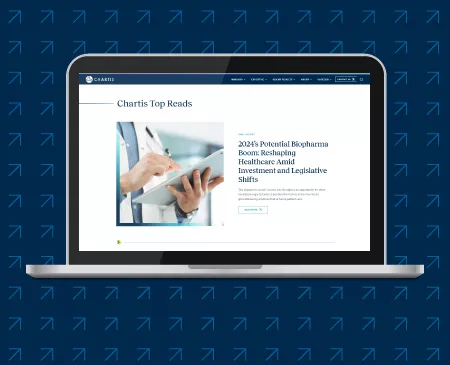For most organizations, partnerships are the biggest bet they will make. As parties move forward to integrate, they face high-stakes expectations to realize the full benefits of integration. Health system leaders planning partnerships should take a holistic approach and focus early on the most critical areas to achieve the partnership’s strategic goals and capture value.
Partnerships are the biggest bet most organizations will make, and parties face high-stakes expectations to realize the full benefits of integration. To help achieve these goals, IT should focus on 7 leading practices (discussed in greater detail in “Healthcare Partnerships: 7 Leading IT Practices to Achieve Goals and Avoid Common Pitfalls Across All Phases”).
CHECKLIST:

1. Link the IT plan to the partnership’s strategic goals, and ensure tightly woven IT and operations integration from the start.
Define the IT capabilities and solutions needed to achieve the strategic, clinical, financial, and operational integration goals. Throughout all stages, verify alignment, ensure coordination, and validate expectations.

2. Understand all IT investments and cost implications.
Determine the integration budget, including staffing levels, capital and operating budgets, and vendor contracts. Ascertain how many of the current software, hardware, and networking infrastructure assets need replacement and required cybersecurity investments.

3. Anticipate and identify risks.
Create a comprehensive IT risk assessment model—with technical risks relating to hardware and networking infrastructure as well as risks concerning IT staffing realignments, changes in vendor relationships, data security, disaster recovery, and software implementation project risks.

4. Define target benefits and the organizational readiness plan to achieve them.
In tight collaboration with clinical and operational leaders, define targets for cost savings and clinical and operational benefits. Create a comprehensive change leadership and communication plan to address the cultural integration and organizational readiness required to achieve them.

5. Clearly define the transaction governance structure and process for IT decision-making.
Be explicit about which IT decisions the transaction governance group will make and which will be decided by the future-state governance structure. Define clear responsibilities. Where possible, align and integrate with the overall partnership decision-making process.

6. Establish an IT Integration Management Office (IMO) aligned with the enterprise IMO.
Create a dedicated IT IMO team to effectively manage all IT components, workgroups, and transition activities. Structure the IT IMO to flow up to an enterprise IMO, so communication and key decisions are well coordinated. Leverage a common set of tools, templates, and processes.

7. Develop an IT partnership playbook that is both consistent and adaptable.
Develop a long-term IT partnership playbook and a set of guiding principles and scenarios that can be implemented for each type of partnership. Define which technology and process standards will be consistent across all types of affiliations, and which can be adapted as needed.
Early Attention to IT Can Unlock the Synergies of the Partnership.
Paying attention to IT early on can mean the difference between success and failure. Embrace the critical role of technology solutions and services to unlock the synergies of the partnership and realize the enterprise strategic goals.



